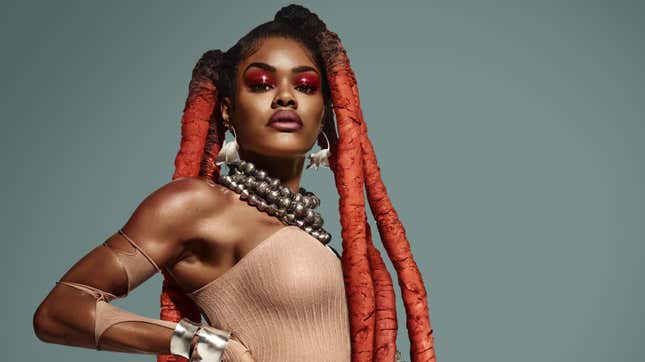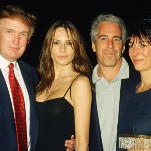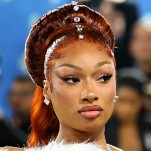
Photo: Daniel Sannwald/Def Jam Recordings
Depending on who you ask, and with variables ranging from age and race to digital savvy, the internet has been “broken” several times in the past decade. For millions, Beyoncé’s surprise visual album drop was one such moment, dominating news cycles and feeds for days. Others will count Kim Kardashian’s Paper magazine cover shoot, most likely because the publication self-proclaimed it had broken the internet and ran an entire campaign around the concept. Then there was Rihanna’s Fenty Beauty make-up drop, an earthquake-sized contender that forever shifted how the beauty industry marketed itself towards Black women. But to truly break the internet, the guest of honor needs to be someone absolutely no one was paying attention to. Someone who existed close enough to the fringes of celebrity culture to be a familiar face, but not so near that they were known simply by a name and nothing else.
It had to be someone whose action so profoundly caught the world by surprise, they would need a reintroduction, a re-acknowledgment, and a belated appreciation of their talents. In the past decade, I’d argue that only one person has truly broken the internet: Teyana Taylor.
On September 6, 2016, it seemed like all the internet collective could talk about that day was the scantily clad dancer in Kanye West’s video for his single “Fade.” With her lithe, explosive movements, impossibly cut muscle tone, and hip-hop-driven, Afro-fusion choreography, Taylor ripped the carpet from under the feet of artists and fans affixed to popular music. While magazine covers, newly found fans, talk show hosts, and music insiders asked, “Where had she come from?” all I could think was, “Finally.” After over a decade in the entertainment industry, critics, consumers, and creators were finally focusing on Taylor’s talents.
-

-

-

-

-

-

-

-

-

-

-

-

-

-

-

-

-

-

-

-

-

-

-

-

-

-

-

-

-

-

-

-

-

-

-

-

-

-

-

-








































